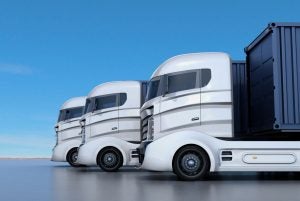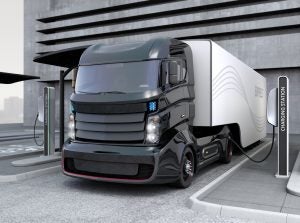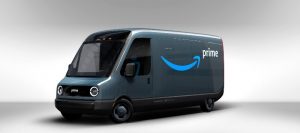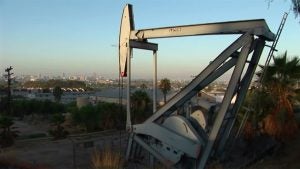 There is no single fix to the climate, air quality, political and economic challenges facing California, but the state’s early action to electrify its fleet of medium- and heavy-duty vehicles is one example of smart policy that can move us in a positive direction. As California’s legislative session concludes in August, lawmakers and the California Air Resources Board should take the next steps to implement the electric transportation transition with tools that are right at their fingertips.
There is no single fix to the climate, air quality, political and economic challenges facing California, but the state’s early action to electrify its fleet of medium- and heavy-duty vehicles is one example of smart policy that can move us in a positive direction. As California’s legislative session concludes in August, lawmakers and the California Air Resources Board should take the next steps to implement the electric transportation transition with tools that are right at their fingertips.
Nationally, the transportation sector is the largest source of climate emissions and a primary contributor to local air pollution and the negative health and economic impacts that go along with it. Medium- and heavy- duty vehicles – the trucks and buses that move our goods and people – make up a small portion of total wheels on the road, but they produce an outsized portion of all emissions. In California, MHD vehicles make up just 6% of vehicles on the road, but produce 72% of the state’s health-harming nitrogen oxide emissions and 21% of all transportation climate emissions. Transitioning these vehicles to zero-emission models would make a big difference for air quality and the manufacturing economy, a sector where California is becoming a leader.














